分享到微信,
请点击右上角。
再选择[发送朋友]
或[分享到朋友圈]

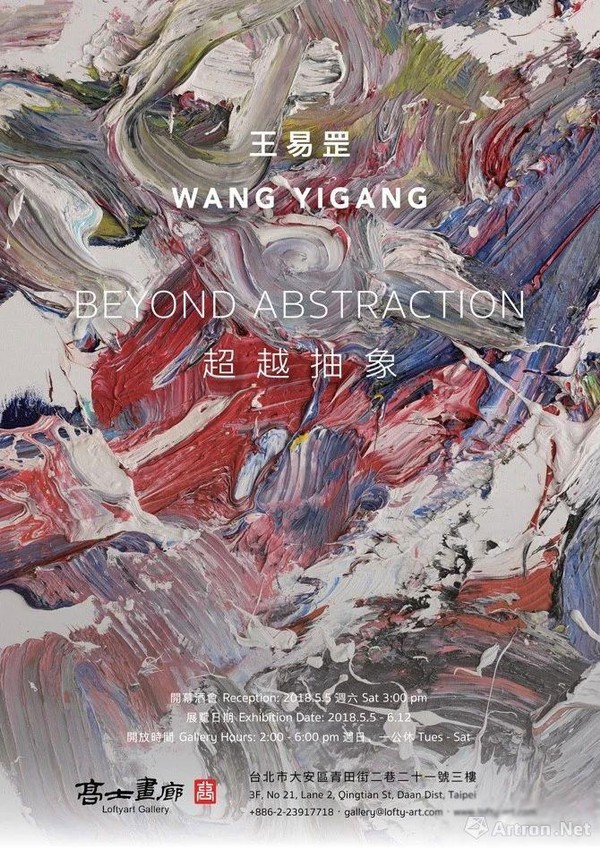
超越抽象
策展人 刘素玉
王易罡是中国最早从事抽象艺术的艺术家之一,三十年来,抽象艺术一直都是他批判和反思的利器,这是一条孤独崎岖的道路,尤其在保守封闭的环境之下。
八〇年代初,当他还在鲁迅美院就读时,为了追求自主,表现个性,挣脱束缚,自发性学习西方现代主义,以对抗传统的美术教育,经历十年的自我探索,到了九○年代初,他又迎向表现主义,他一路学习,也一路破坏、一路扬弃,九〇年代末,日本战後新艺术吸引他的注意,尤其是物派艺术利用东方文化移转西方现代艺术的成功,让他反思东方文化,特别是禅宗,促使他把原始的抗争变成自觉,而在自觉中,变成一种自我抗争、自我批判,甚至是自我放弃,放弃传统的绘画方式,藉由身体的行走、动作,介入绘画当中,每一件作品都是在行为过程之後所形成的结果,放弃的过程等於是一种参禅悟道。
从摸索学习、批判反思,到自觉自醒,王易罡建立了独树一格的艺术:超越抽象。
Beyond Abstraction
Curator Elaine Suyu Liu
Wang Yigang is one of the earliest Chinese artists of his generation to engage in abstraction. For thirty years, abstraction has been his instrument of criticism and reflection, and has proven to be a lonely and difficult path, especially in culturally conservative and sensitive atmosphere of contemporary China.
In the 1980s, as a student at the Lu Xun Academy of Fine Arts, Wang began his pursue for individuality and self-expression, and adopted Western Modernist modes in retaliation against conservative art education. After ten years of experimentation with different styles, Wang favored German Expressionism by the early 1990s, in which he studied, experimented, but ultimately rejected. By the late 1990s; however, Japanese Post-war art movements caught his attention, particularly Mono-ha and Gutai, which drew upon and expressed Eastern culture on the basis and success of Western Modernist modes. This prompted Wang to revisit Eastern culture, especially Buddhist Chan (Zen) philosophy, which redirected his struggle for individuality toward self-understanding. In this awakening, his internal struggle transformed from against the society to the self, and in self-criticism, he found an abandonment of all conventional painting practices and discovered new meaning purely in the movements of his body during the act of painting. In this way, every artwork became a record of his movements through space and time.
From experimentation, rejection, to self-awareness, Wang Yigang's art transcends the painterly image, rejects all conventional practices, and ultimately goes Beyond Abstraction.
展览现场:
台湾东海大学吴超然对谈王易罡
王易罡与预展vip
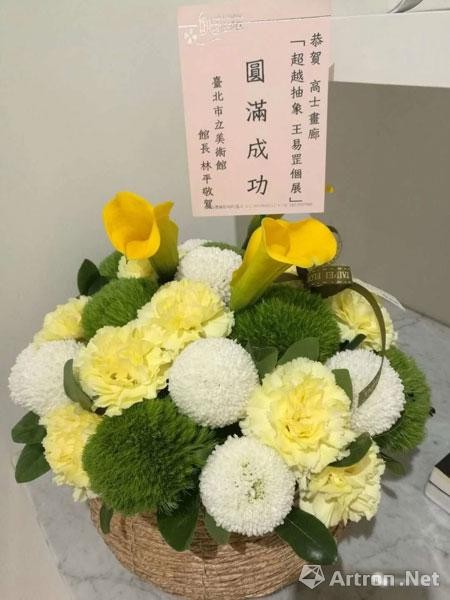
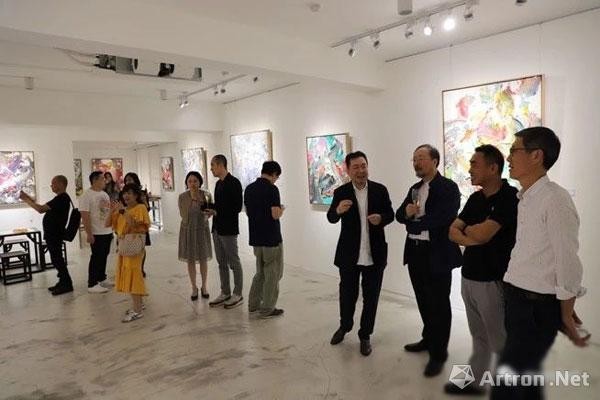
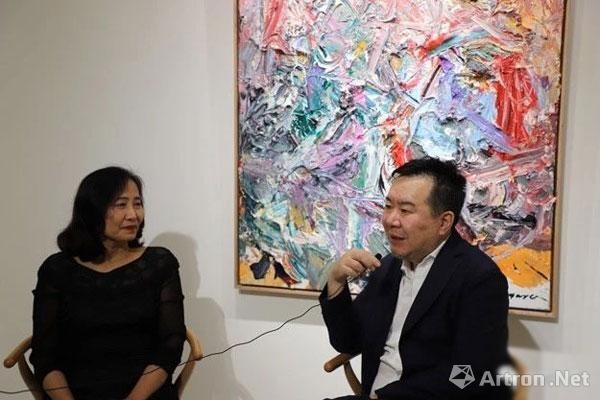
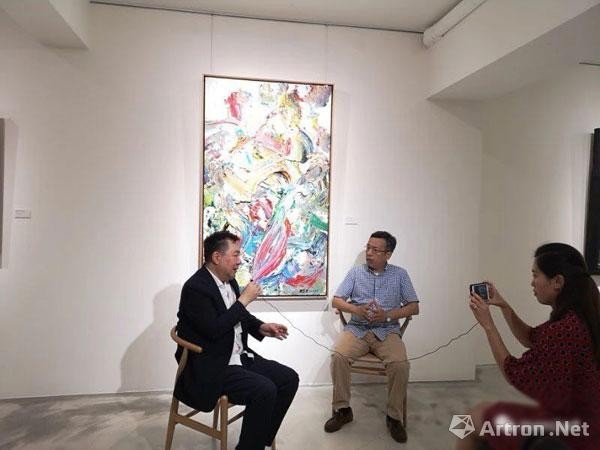
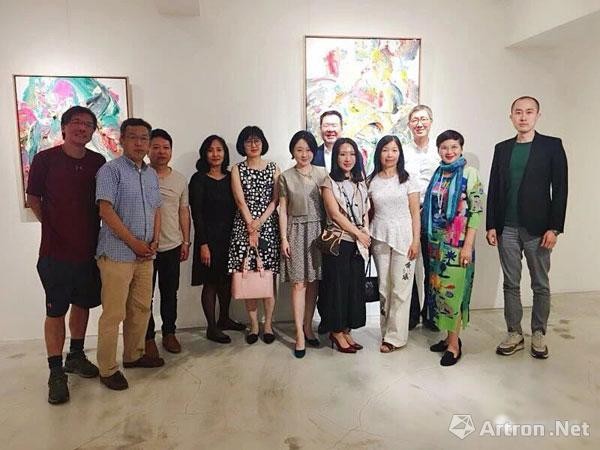
王易罡的作品是他陷入“迷狂”艺术状态和个人意志贯注画面的结果。个性的力量撑起了他画面的饱满结构和视觉力度,这是他富有个人面貌的原因。
The works of Wang Yigang is a product of his "infatuation"with art and his personal concentration and devotion to his images. The sheer power of his personality brings forth tightly-packed compositions with intense visual impact, and is also responsible for his distinct personal style.
范迪安 中央美术学院院长
FAN DIAN, President of
Central Academy of Fine Arts
中国大陆的当代艺术发展与现代主义抽象艺术的关联不多,王易罡的独特道路足以引起两岸现代抽象和当代绘画发展的对照和丰富讨论。
There is no significant connection between the development of Chinese Contemporary Art and Modern Abstraction; however, Wang Yigang's unique path is sufficient to spark the discussion and comparison between of the development of Modern Abstraction and Contemporary Art in Taiwan and Mainland China.
林平 台北市立美术馆馆长
LIN PING, Director of
Taipei Fine Arts Museum
王易罡的创作之旅便成了精神之旅、生命之旅,他的艺术是艺术自觉到生命自我毁灭的过程。这种自觉无疑是悲壮的。
Wang Yigang's artistic career is a spiritual one, one about life. His art is art itself aware of its own cycle between life and death. This self-awareness is undoubtedly tragic.
王林 四川美术学院教授
WANG LIN, Professor of
Sichuan Fine Arts Institute
王易罡的抽象表现,并非单纯的形式研究,而是与他个人内在的强烈情感诉求有关,从而具有了某种人文主义的对现代社会的批判性眼光,具体地说,他画中的鲜明色彩与激烈的线条,组成了一种壮怀激烈的情怀,反映了那个时代的嘈杂与混生、激情与梦想。
The abstract expressions of Wang Yigang are not simply a study of form, but are related to his inner emotions, from which has a kind of humanist and critical view of modern society. Specifically, the sharp colors and fierce lines of his paintings constitute powerful emotions, reflecting the contradictions and romanticism of our time.
殷双 中央美术学院教授
YIN SHUANGXI, Professor of
Central Academy of Fine Arts
对於王易罡来说,在打破创作行为与日常行为的边界的时候,绘画才能真正走向纯粹,才能真正解放。而绘画的解放,从某种意义上讲,也就是身体的解放。
For Wang Yigang, only when breaking the boundary between creativity and daily runtiness, can painting truly move toward pureness and be liberated. The liberation of painting, in a sense, is the liberation of the body.
何桂彦 四川美术学院美术史论系主任
HE GUIYAN, Department of Art History,
Sichuan Fine Arts Institute
在王易罡的绘画里,我们既可以看到中国水墨画的活力,更可以感受到他从山水的理念出发,把中国山水中水的灵性带入到画面里,绘画已经不是作为一个具体化的概念,相反通过厚厚的油彩强调其物质性。从表面现象来看,它可能只是颜色,因为他的笔触是那么大胆和引人注目,但是随着观众的眼睛不断被打开和深入到画面的本质里,你会发现,他把中国山水的精髓用西方艺术的表现方式融合在一起,进行着外部与内在本质的探索。
In seiner Malerei hingegenformuliert Wang Yigang das Gegenteil durch die Betonung der Materialität, diesich in der pastos aufgetragenen Ölfarbe wiederspiegelt. Auf den ersten Blickmag es nur um Farbe an sich gehen, denn gerade die Gestik des Pinselstrichs istmarkant und wuchtig aufgetragen, aber allmählich entwickelt sich vor dem Augedes Betrachters eine Andeutung von Landschaftlichem, dass zugleich eineminneren Bild gleicht. Es ist eine Auseinandersetzung mit der äußeren undinneren Natur, die in seinem Werk durch die Kultiviertheit der chinesischenLandschaftsmalerei und der expressiven Gestik der westlichen Kunsthemisphäreverschmelzen.
Beate Reifenscheid/
德国科布伦茨与路德维希美术馆馆长
Director of the Art Museum of Koblenz and Ludwig,
Germany
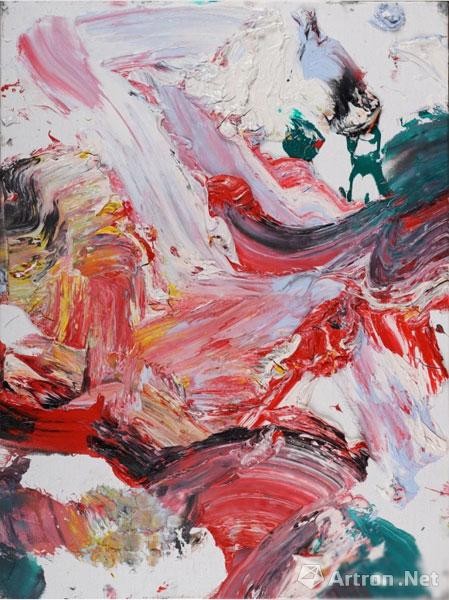
《抽象作品s98》2017布面油画80x60cm
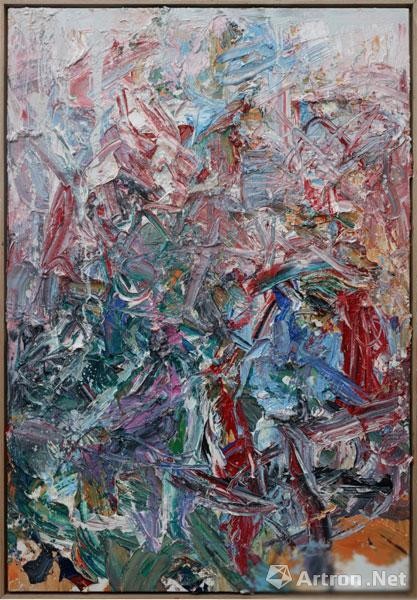
《抽象作品s95》2017布面油画 110x160cm
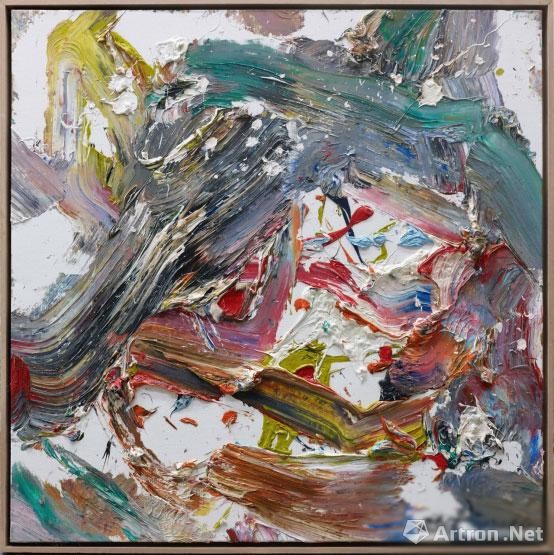
《抽象作品s97》2017布面油画100x80cm
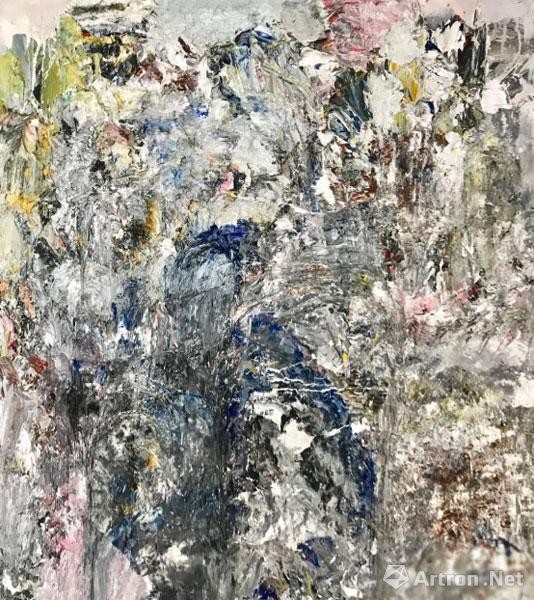
《抽象作品s131》2017 布面油画135 x 120 cm
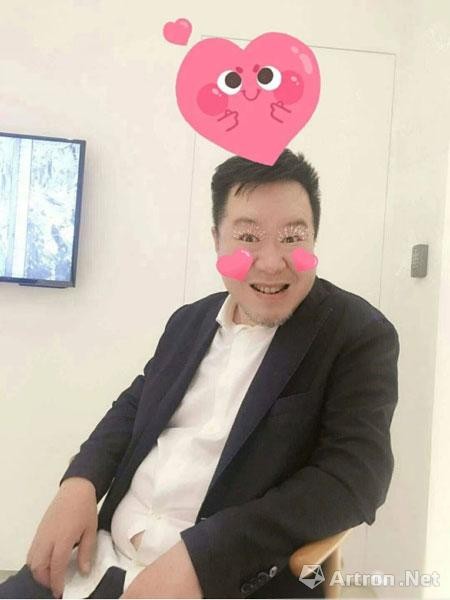
感谢高士画廊,
感谢这么多台湾的朋友喜欢我的作品。
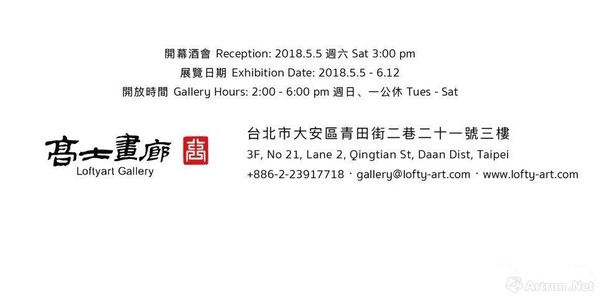

分享到微信,
请点击右上角。
再选择[发送朋友]
或[分享到朋友圈]

